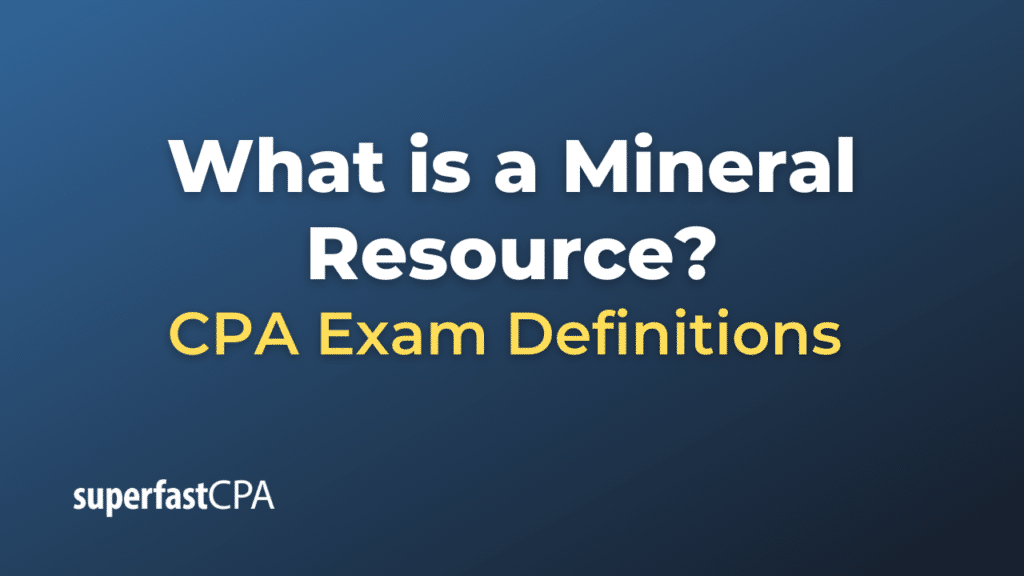Mineral Resource
A mineral resource is a concentration or occurrence of material of intrinsic economic interest in or on the Earth’s crust in such form, quality, and quantity that there are reasonable prospects for eventual economic extraction. The location, quantity, grade, geological characteristics, and continuity of a mineral resource are known, estimated, or interpreted from specific geological evidence and knowledge.
Mineral resources are typically categorized into:
- Measured: These resources are quantified with a high level of confidence based on thorough geological and/or grade continuity and sampled at locations close enough to ensure both geological and grade continuity.
- Indicated: These resources have lower confidence than measured resources. They are sufficiently sampled to assume geological and grade continuity, but the sites sampled are farther apart.
- Inferred: These have the lowest level of confidence among the three categories. They’re sampled at locations where there is enough geological evidence to assume continuity but where the sites for inspection, sampling, and measurement are too far apart.
It’s important to note that mineral resources are different from mineral reserves. Reserves have been analyzed to the point that extraction can be reasonably forecasted to be profitable, accounting for factors such as extraction costs, market prices, and governmental policies.
On the other hand, resources have not been subjected to such an in-depth analysis. While they are still considered economically viable, more work is typically needed to elevate them to reserve status.
Example of a Mineral Resource
Let’s imagine there is a large body of rock that geological surveys indicate contains copper. The concentration and extent of the copper are such that, given current technology and economic conditions, it is reasonable to expect the copper to be profitably extracted at some point in the future.
- Measured Resource: Upon more detailed study, the mining company finds a section of the deposit where copper concentrations are very high and consistently distributed. They have conducted numerous tests and have a high degree of confidence in the quantity and quality of copper in this section. This is classified as a measured mineral resource.
- Indicated Resource: Adjacent to the measured resource area, there is another section where tests show the presence of copper, but the tests are less frequent and perhaps the quality and quantity of copper varies more. Although there is still reasonable confidence that copper is present, it’s less certain than in the measured resource area. This is classified as an indicated mineral resource.
- Inferred Resource: Further afield, there is another section of the deposit. Geologists believe that copper is present because of the geological similarities to the first two areas, but there are very few tests to confirm this. This section is classified as an inferred mineral resource.
The mining company may decide to start mining the measured and indicated resources first, while they conduct further tests on the inferred resource. If the tests are positive, the inferred resource may be upgraded to an indicated or measured resource. If the company also assesses the economic feasibility of extraction, including all the costs and the market price of copper, a part of these resources could eventually be classified as mineral reserves.













